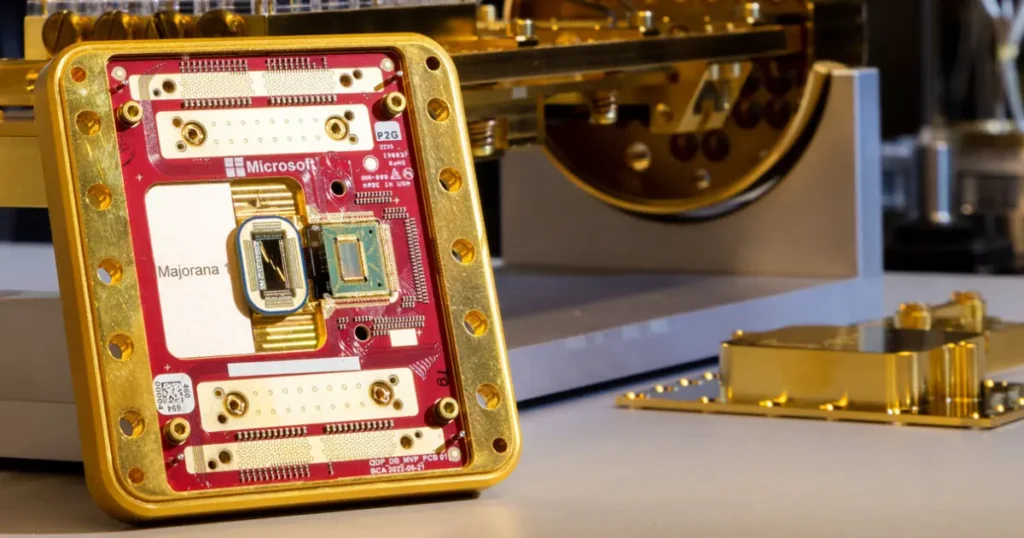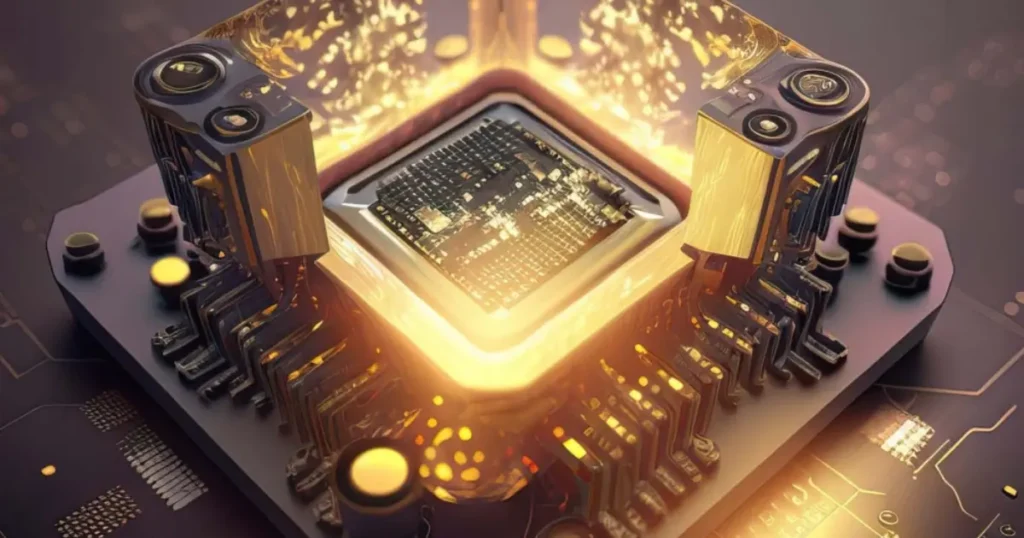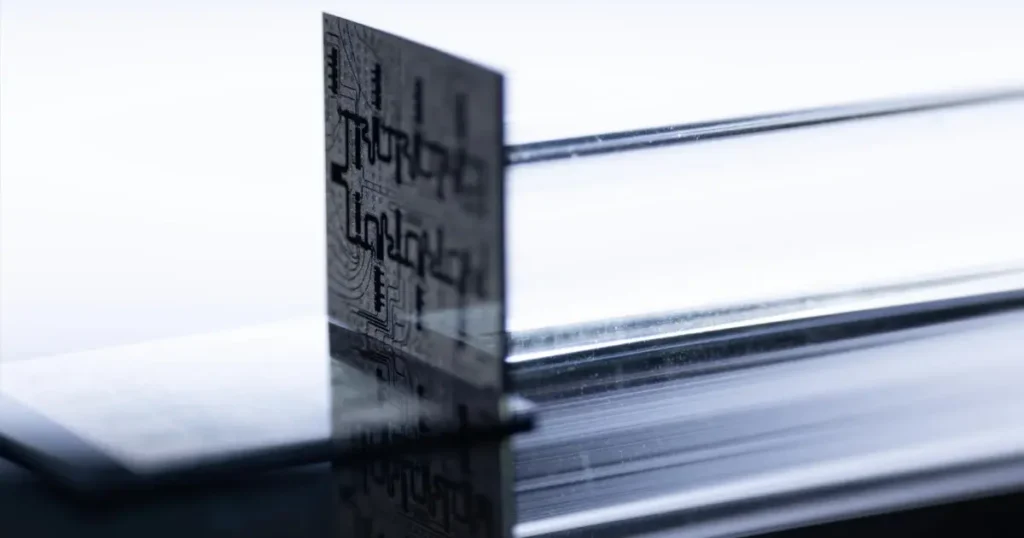Each year on April 14th, World Quantum Day celebrates progress in quantum science and 2025 has already delivered some standout developments. As quantum computing inches closer to real-world applications, semiconductor technologies are playing a central role in moving the field forward.
Let’s take a closer look at some of the most notable quantum computing and semiconductor breakthroughs from the year so far.
Microsoft’s Majorana Milestone

In March 2025, Microsoft reached a key milestone in its quantum computing journey with the introduction of Majorana 1, its first experimental quantum chip “built on a Topological Core architecture”.
While development of topological qubits is still in the early stages – Majorana 1 features just eight qubits, with plans to scale to one million – the approach could unlock a path towards more stable, scalable quantum hardware by reducing the need for complex error correction.
While the chip has not yet been released or made publicly available, Microsoft’s progress highlights how advanced materials and semiconductor precision are critical to their development.
IBM’s Modular Quantum Processor Roadmap

According to IBM, “the future of computing is quantum-centric”. In 2025, the company shared updates on its roadmap towards building a modular quantum processor with over 1,000 qubits. Their focus is on improving quantum volume, coherence times and interconnect strategies – all of which require innovations at the semiconductor level.
IBM’s modular approach uses chiplet-style interconnects to link smaller quantum cores into larger, scalable systems. This year, the company aims to demonstrate the first “quantum-centric supercomputer” by integrating modular processors, middleware and quantum communication.
Europe’s First Electronic-Photonic Quantum Chip

Backed by €3 million in funding, the European Commission has committed to develop the first quantum chip that combines electronics and light using advanced Germanium-Silicon (GeSi) technology. The project aims to address one of the core bottlenecks in quantum computing: scaling.
GeSi offers unique optical and electronic properties that allow it to handle both classical and quantum signals within the same chip. By integrating optics and electronics on a silicon-compatible platform, the initiative opens the door for more scalable, CMOS-compatible quantum processors.
Amazon’s Ocelot: Quantum Error Correction

In early 2025, Amazon Web Services introduced Ocelot, its first generation quantum chip. What sets Ocelot apart is its use of bosonic error correction, a method that encodes quantum information into “cat qubits” (a nod to Schrödinger’s cat) and offers protection against bit-flip errors.
Traditional error correction in quantum computing is resource-heavy, often requiring lots of physical qubits to stabilize a single logical qubit. Ocelot’s architecture reportedly reduces that overhead, offering a more efficient path towards fault-tolerant quantum computing.
From Silicon to Qubits: What’s Next?

While not every quantum breakthrough is exclusively tied to semiconductors, many are deeply relevant to the industry’s future.
In 2025, it’s becoming increasingly clear that quantum computing and semiconductors are no longer separate worlds – they’re converging.
From topological qubits to photonics-on-silicon and error-correcting cat qubits, real progress is happening at the intersection of quantum theory and practical chip design.
For ASIC professionals, the convergence between quantum computing and semiconductors introduces both exciting opportunities and new challenges:
- How do we design chips that can interface with quantum systems?
- What does verification look like in a quantum computing environment?
- Where can classical design methods support quantum acceleration?
There’s still a long way to go before quantum computing becomes mainstream, but updates like these signal that transformative changes are on the horizon. Bit by bit – qubit by qubit – quantum innovation is advancing, and the semiconductor industry is gearing up to meet it.
As a side note: if you’re curious about how quantum technologies might intersect with AI going forwards, this Veritasium video on Google DeepMind’s quantum ambitions offers an accessible and thought-provoking look at what the future could hold.
